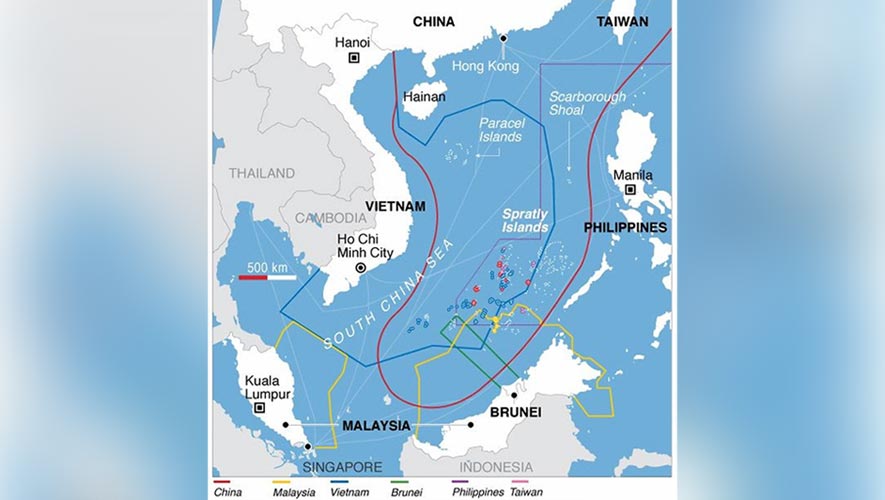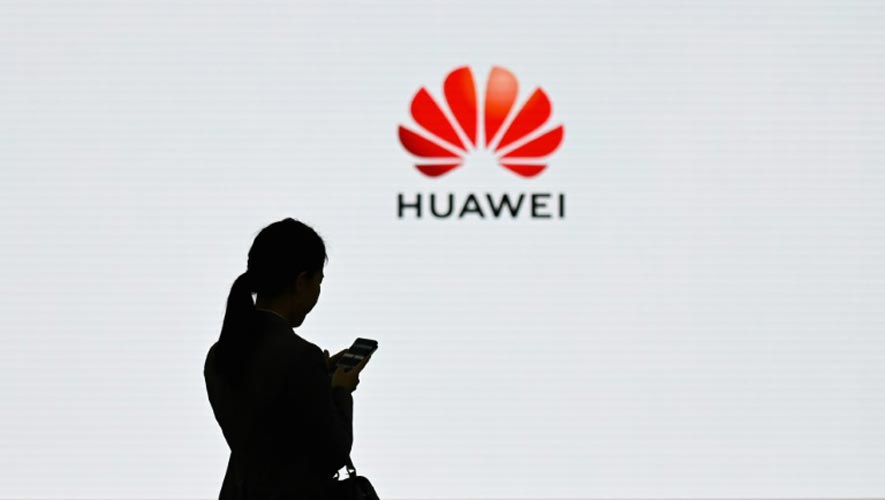The Shangri-La dialogue ended without much reassurance about the heightening tensions between superpowers China and the US in South China Sea, leaving it as a hotbed of contestations.
For the latest Cambodian Business news, visit Khmer Times Business
Considering this, there are pitfalls that both China and the US should avoid in South China Sea in ensuring the passageway remains peaceful for the transition of goods and services for the region.
The US had been seen applying freedom-of-navigation operation (FONOP) in South China Sea and this could be a possible source of conflict between the two superpowers. While both the US and China have shown restraint and professionalism, there is a possibility of accidents and conflicts between them.
On May 6, two US destroyers sailed 12 nautical miles from Gavern Reef and Johnson Reef of the Spratly Islands, challenging China’s excessive maritime claims, saying its aim is to preserve the waterways as governed by international laws.
In February, USS Spruance and USS Preble entered the Second Thomas Shoal of the Spratly Islands and the adjacent waters of the Mischief Reef.
It is likely that the US will not slow down its runs in the seas, but will surely increase the frequency to deter China from continuing its military deployments.
The increased operation will assure the countries in the region of a continued US presence, which is an indication that Washington is not set to pull out from Asia Pacific.
While there are many overlapping claims in South China Sea, it is also hoped that the US does not pit countries in the region against China over various claims.
In addition to this, China has been posturing in favour of the Code of Conduct (COC) in South China Sea with the hope of stabilising it. China is gaining a greater foothold in the region but with the existence of various claimants in the sea dispute, the US is likely to instigate these countries to go against China for fear of being alienated in the region.
The tempo of military activity and military exercises between China and the US could also increase in the future and this is expected to cause unexpected risks.
If accidents occur, it is imperative that both the superpowers amicably resolve differences and restrain their respective allies from getting involved in a confrontation with either of them.
China and the US should attempt to work out a common ground through the COC to ensure that both abide by the rules in the South China Sea. At the same time, they should ensure that there is no one power asserting its influence in that region.
Its strategic influence cannot be over emphasised and it would be incumbent upon these two superpowers to ensure that there is a safe passage for vessels and that the safety and security of the region is not in any way undermined by any party asserting obtrusive behaviours. This is imperative as the trade war escalates and relations between them remain in crisis.
And so, it becomes more important to contain the risks between China and the US in the South China Sea as time goes by.
Sathish Govind
Contributing Writer, Capital Cambodia




